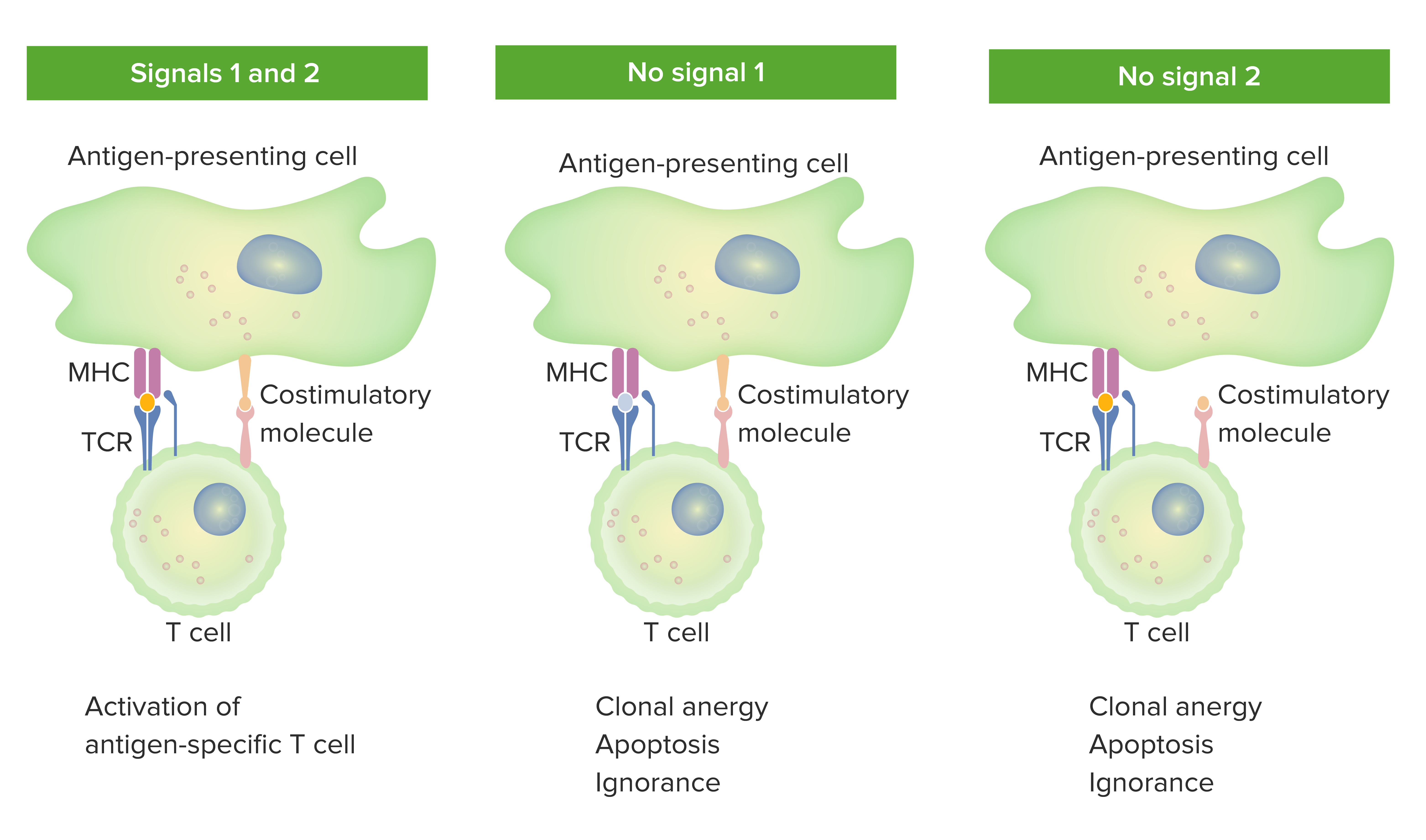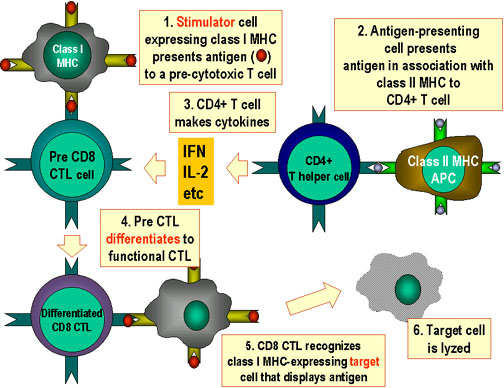Which Best Distinguishes B Cells From T Cells
The role of B-cells. CD4 are helper T cells that help the activity of other immune cells by releasing cytokines.

Adaptive Cell Mediated Immunity Concise Medical Knowledge
Phosphatidylcholine PC comprises the majority 60 of the membrane phospholipids of both B and T lymphocytes.

. B cells are involved in humoral response. The main difference between T cells and B cells is that T cells can only recognize viral antigens outside the infected cells whereas B cells can recognize the surface antigens of bacteria and viruses. It was found that B lymphocytes in general had shorter PCs than that of the T lymphocytes.
What are T Cells Definition Characteristics Function 2. The antigen receptor in T cells is very different structurally from the antigen receptor in B cells. 17 rows B-cells can connect to antigens right on the surface of the invading.
Surface antigen of invading pathogen are taken up by B cells 2. They are the main actors of the adaptive immunity against foreign pathogens. Prokaryotes possess a nucleus whereas eukaryotes do not but eukaryotes show greater compartmentalization that allows for greater regulation of gene expression.
Attracted to foreign molecules on nonself cells. T helper cells attach to processed antigens activating them 4. Key Areas Covered 1.
B cells are activated to divide by mitosis and give a clone of plasma cells 5. Phosphatidylcholine PC comprises the majority 60 of the membrane phospholipids of both B and T lymphocytes. Produce daughter cells through clonal selection.
The B Cells have the ability to transform into plasmocytes and are responsible for producing antibodies Abs. B cells process and antigens and present them on their surface 3. 1- There are 10 million ribosomes in EVERY cell.
These cells mature in the bone marrow and produce antibodies in response to the antigens. B-cells are the type of cells that produce antibodies to fight bacteria and viruses. 4- In an animal cell the nucleus is located in the central region of the cell.
On the other side an animal cell may have one or more small vacuoles or may do not have any. Summary of T cells versus B cells. Prokaryotic cells have a cell wall but eukaryotic cells never do.
Attracted to cancer and transplant cells. Mature in the thymus gland. T cells and B cells differ in their functions like T cells are known to develop various immune response such as invading bacteria from bodys immune system virus attacks not supporting the organ transplant etc while B cells produce antibodies against the antigen.
Which of the following best distinguishes Treg cells from other CD4 T cells. Cloned plasma cells produce antibodies that fit antigens they bind and pathogen is destroyed primary. T cells are further grouped into two sub-types CD4 and CD8 cells.
Most effector cells die after some time but some live on. These cells elicit an antimicrobial defense to protect or eliminate pathogens. The diverse responses of T cells are collectively called cell-mediated immune reactions.
In this case it is the thymus. B cell receptors are collectively able to bind a huge variety of potential antigens but T cell receptor bind a more limited variety of antigens. The cytokines prime the maturation.
The answer is Plant cells have large vacuoles and animal cells do not. To that end T-cells get their letter designation from the site where they mature too. Prokaryotic cells are much larger than eukaryotic cells.
This is to distinguish them from antibody responses which of course also depend on cells B cells. T cells and B cells are two cellular components of the complex network that constitutes the immune system. It was found that B lymphocytes in general had shorter PCs than that of the T.
Distinguish B cells from T cells 13 April 2021. In a plant cell the nucleus is located more on the periphery due to the large water. Once they mature B-cells leave the bone marrow and begin to circulate throughout the body by way of the blood and lymphatic system or they might hang around in any one of the many lymphoid organs thymus lymph nodes spleen.
It became more difficult to distinguish the cells. Like antibody responses T cell responses are exquisitely antigen-specific and they are at least as important as antibodies in defending vertebrates against infection. Thus humoral immunity depends on.
While both are generated in the bone marrow from a common lymphoid progenitor their main differences reside in their maturation sites and their. B cells mature in the bone marrow while the T cells travel to the thymus and mature there. 2- Plant cells do not have lysosomes or centrosomes.
These antibodies are Y-shaped proteins that are specific to each pathogen and are able to lock onto the surface of an invading cell and mark it for destruction by other immune cells. What are B Cells Definition Characteristics Function 3. D effector B cells secrete their receptors but effector T cells do not.
Effector cells have been activated in some way by the presence of a pathogen. What are B cells. Undergo Positive Selection Bind MHC Class II Bind MHC Class Suppress local immune reactions Question 86 1 point Superantigens function by linking.
The vacuole is responsible for turgor pressure. Despite showing variance in their working T and B cells struggle with the same aim of. Prokaryotic cells do not have a membrane-bound nucleus but.
Self-MHC class II and a TCR both bound to a non-TCR-specific peptide Self-MHC class II and a TCR both bound to a TCR. B lymphocytes with C18 showing the best results. Prokaryotic cells have flagella but eukaryotic cells do not.
These cells are structurally similar and are involved in adaptive immune reaction in an organism. 3- Vacuoles are large liquid-filled organelles found only in plant cells. Which best distinguishes prokaryotic and eukaryotic cells.
Eukaryotic cells contain a nucleus whereas prokaryotes do not and eukaryotes show greater. A plant cell has one large central vacuole. In addition the membrane cholesterol content in the T lymphocytes was about twice higher than that of B lymphocytes.
B-lymphocytes and cancer have what may be described as a love-hate relationship.

Solved Which Of The Following Characteristics Distinguishes Chegg Com

Changes In Cell Morphology That Distinguish Apoptosis From Necrosis Download Scientific Diagram

No comments for "Which Best Distinguishes B Cells From T Cells"
Post a Comment